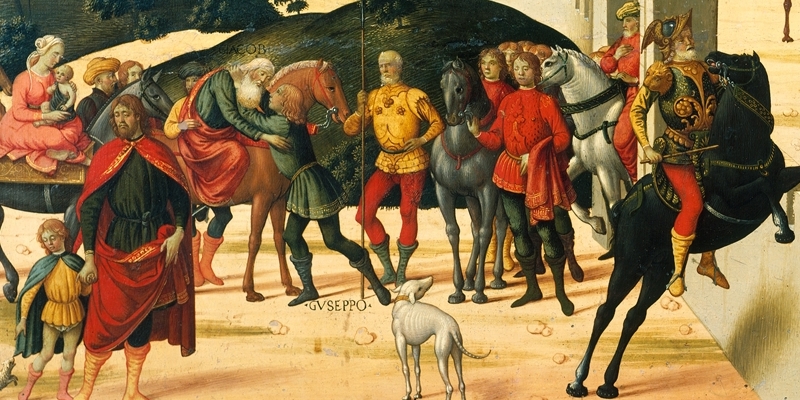
Renaissance and Baroque
At York, research into the Early Modern period encompasses the study of architecture, clothing, textiles, ceramics and interior design as well as painting and sculpture.
We have close ties to the University's interdisciplinary Centre for Renaissance and Early Modern Studies (CREMS). We also collaborate with the Neapolitan Network.
The range of our research paired with the diversity of our approaches places us at the forefront of early modern art history. Our expertise includes:
- Italian Renaissance and baroque art and architecture
- 15th and 16th-century Netherlandish and German painting
- Baroque architecture, urbanism, cartography, sculpture and painting
- British early modern architecture
- Flemish and French 17th-century painting
- Interior decoration, prints, furniture, clothing, food in Renaissance and baroque Europe
- Baroque theory
People
A friendly and approachable group of staff, we encourage students’ individual intellectual interests, while building on students’ previous experience. We foster our students' development through sustained engagement with their work.
- Professor Anthony Geraghty
British early modern architecture, architectural drawings and the practice of architecture - Professor Helen Hills
Baroque architecture, urbanism, cartography, sculpture and painting; baroque theory; inter-relationships between materiality and spirituality; religious devotion, gender, sexuality and art/ architecture; architectural theory - Dr Jeanne Nuechterlein
15th century and 16th century Netherlandish and German painting, Holbein, interactions between different art forms, devotional practices and the impact of the Reformation - Dr Cordula van Wyhe
Early modern cultural history with particular reference to the seventeenth-century low Countries. major interests include the history of dress (including fashion), Rubens, religious and political imagery, royal patronage and early modern court culture.
Current students
- Jordan Cook
Settings and Subjects in Early Netherlandish Painting - John Dickinson
The interpretive value of a humorous approach to the work of Pieter Bruegel the Elder - Alexander Echlin
The Architecture of Lord Burlington reconsidered - Dawn Faizey Webster
To what extent did the architecture of the early modern grammar school affect, impede or complexify its formal educational and broader social learning functions? - Suzanne Heskin
Reforming Female Autonomy: Fifteenth Century Sisters of the Franciscan Observant Reform in the Upper Rhine - Peter Kos
Bartholomeus Spranger’s Mythological Paintings: Gender Play in Rudolfine Prague - Elizabeth Waring
Most Women have no Characters at all': Gender and Agency in Godfrey Kneller’s Portraits of Women 1676-1723
Past students
- Rachel Alban
English Portrait Miniatures from Holbein to Hilliard: merely 'painting in little' or a distinct art form - Charlotte Davis
The approaches of key carvers active in post-Restoration England: Francis Bird, Caius Gabriel Cibber, Grinling Gibbons, and Edward Pierce - Niko Munz
Forms of architecture in early Netherlandish Painting - Adam Sammut
Rubens and the Dominican Church in Antwerp, 1571-1648 - Valeria Viola
Architecture, Devotion, Family Life: chapels in aristocratic houses of baroque Palermo (ca. 1650 - 1770)